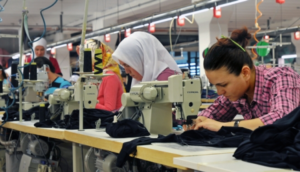Global investment is falling well short of the needs of those living in vulnerable housing. Current estimates predict an annual need of $3 to 4 trillion globally to achieve adequate housing for all, which will be particularly important for the 1 billion people living in informal housing.
Those living in informal housing – that is, housing that has been built outside of the processes recognized by formal construction, such as without the input of a licensed engineer or designer, or without a construction permit – are at higher risk for a number of hazards. From impacts on health and life expectancy to exposure to losses and damages as a result of disasters, the global climate crisis is underscoring the immediate needs for access to a disaster- and climate-resilient home.
Yet, informality is not inherently a problem in itself. Informal settlements remain a hotspot of economic activity, community resilience, and growth. For many reasons, people want to stay in their homes – where they have built communities and lives and where they have invested resources in their house; for these reasons, having access to resilient housing often requires upgrading existing housing.
To support investment towards upgrading informal housing, focus must be on directing targeted financing that functions within the complex and often lagging regulatory environment, and in service of those living in informal housing instead of applying ill-fitting models better suited to the formal housing market. By shifting resources directly to those in need for housing improvements, the private sector can play a major role in reducing the safety and health risks traditionally associated with informality in order to protect lives, assets, and wellbeing.
Mobilizing Resources for Resilient Housing
Why is there such a major gap in financing global resilient housing needs? For a number of reasons: inadequate data on informal housing, insufficient prioritisation of informal vis-a-vis formal housing structures, perceived complexity and risk, and insufficient engagement with local communities. These are all coupled with the fact that countries at the forefront of climate vulnerability often lack domestic resources to fully meet needs and rely on global aid and foreign assistance mechanisms.
Despite these challenges, there is sufficient private capital to finance this gap, and private sector actors can play a critically needed catalytic role to open investment pathways to financing resilient housing. Critical actions that the private sector can take include:
- Across all sources of private capital, recognise the multi-dimensionality of housing: On a large scale, one way to do so is reframing housing investments as limited to a single sector, and rather conceptualising it as multi-dimensional financing with downstream impacts on a number of development objectives: gender equity, water and sanitation, health, economic growth, and more. Housing has an impact on 14 of the 17 Sustainable Development Goals (SDGs). Initiatives such as REHOUSE, led by the World Resources Institute, are drawing attention to the central role that housing can play in bridging the “urban services divide”, the gap between those who have access to basic services and those who do not.
- In order to maximise the impact of socially responsible investments in informal housing, adopt long-term investment plans. Another is to view investments through a long-term lens. Credit issued by commercial banks tends to be short term with high interest rates, reducing its effectiveness to finance informal housing upgrades, which would benefit from longer repayment terms. By providing longer-term capital, homeowners can more quickly make needed upgrades and improvements to their homes for disaster- and climate-resilience.
- Recognise that effective investment strategies for informal housing require adequate levels of technical assistance funding. Technical assistance can take many forms, from quality assurance to capacity building and development of tools and resources for actors across the value chain. Regardless of the implementation mechanism deployed, this remains an essential upfront cost in developing an effective strategy. By providing investment in technical assistance, investors can also mitigate risks posed, such as poor quality construction or redundancies in the process.
At the same time, it is essential to avoid the financialization of housing. While houses often represent most of a family’s assets, and blended finance that uses homeowner savings is often an effective long-term strategy, it is important to avoid the treatment of those living in informal housing solely as sources of capital in the housing improvement process to respect their dignity and right to housing.
Deploying Microfinance Solutions in the Philippines
One example of where these strategies have yielded effective results is in the Philippines, currently ranked as the most risk-prone country by the World Risk Index for the third year in a row. Build Change and local microfinance institutions (MFIs) have spearheaded an adaptation-oriented lending and technical assistance model that enables poor women to finance quality structural upgrades to their informal homes, as well as improvements for daily living.
This project combines affordable credit options that cover the cost of addressing common deficiencies through locally trusted MFIs and Build Change’s engineering and technology platforms to drive quality construction and repayment performance. To date, the program has made over 9,000 people safer through improved housing.
This market-based solution has helped the supply meet demands for resilient housing in the Philippines, and is being scaled to other countries, such as Indonesia, to address the needs of the informal housing sector through effective lending and technical assistance.
Looking to COP29 and Beyond
As we look to COP29, heralded as the “Financing COP”, discussions of the New Collective Quantified Goal (NCQG) are likely to shape the future of adaptation finance, and will hopefully facilitate easier and more transparent investment into climate resilience and adaptation measures.
At the same time, it will be incumbent on the private sector actors to be proactive in prioritising housing investments and driving forward funding and impact for those living in informality.
This article is featured as part of our Climate Justice Series 2024, running over the next two weeks in parallel with the Climate COP in Baku. In addition to insightful articles and podcasts from our global community, we’re hosting an online Community Forum on 21 November (10 to 11.15 am EST / 3 to 4.15 pm GMT). Join us as we come together as a community to explore how businesses can put people at the heart of their climate action.









